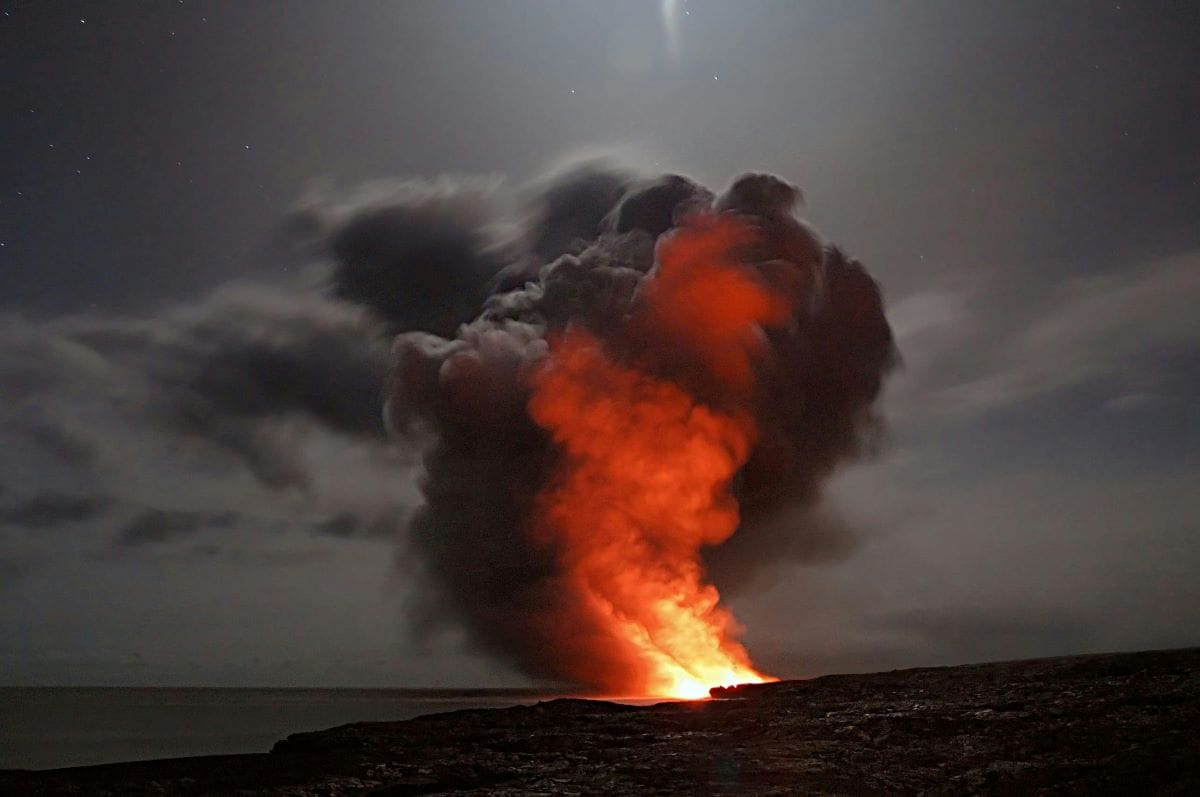With rising global tensions, the question of whether a world war is inevitable is becoming more urgent. From the escalating violence between Israel and Hamas in Gaza to the prolonged war between Russia and Ukraine, and the involvement of powerful nations like Iran and the United States, many fear that the world is on the brink of large-scale conflict. Add to this the increasing attention to biblical prophecies about the “Great Tribulation” and the final battle of Armageddon, and the situation feels even more ominous.
In this blog, we will explore the various global conflicts that are heightening instability, including the recent attack by Iran-backed Hamas on Israel and Israel’s subsequent military response. We’ll also examine how these events could align with religious prophecies, raising the question: Are we truly heading toward global war?

Tensions in the Middle East: Israel-Gaza Conflict and Iran’s Role
October 2023: Hamas’ Attack on Israel
On October 7, 2023, Hamas launched a massive and unexpected attack on Israel, marking one of the deadliest escalations in the region in decades. Thousands of rockets were fired from Gaza, and Hamas militants infiltrated Israeli towns, killing over 1,000 civilians and soldiers. In response, Israel retaliated with airstrikes targeting Hamas strongholds, which devastated Gaza and led to significant civilian casualties.
This conflict soon expanded beyond Gaza. Hezbollah, another Iran-backed militant group based in Lebanon, began launching rockets at Israeli targets from the north, increasing the scope of the war. Israel’s northern border with Lebanon has since become an active front, further complicating the situation. Israeli Prime Minister Benjamin Netanyahu vowed to continue military operations until Hamas is neutralized, intensifying the violence and drawing the region closer to a broader war.
Iran’s Influence in the Middle East
Iran plays a significant role in this conflict, with its financial and military backing of both Hamas and Hezbollah. Iran aims to weaken Israel and its regional allies while projecting power across the Middle East. Following the October 7 attack, Iranian officials expressed strong support for Hamas, and Hezbollah escalated its involvement, creating a scenario in which a larger regional war could unfold.
Iran’s involvement has global implications, as any conflict between Israel and Iran would likely involve their respective allies. The United States, Israel’s strongest supporter, has already sent military assets to the region to deter Iran and Hezbollah from escalating further. Meanwhile, Russia and China have been more aligned with Iran, complicating global diplomatic efforts and increasing the risk of broader conflict.
October 1, 2024: Iran’s Attack on Israel and the Consequences
On October 1, 2024, tensions between Israel and Iran reached a critical point when Iran launched a direct attack on Israeli military installations. This marked the first time in years that Iran openly targeted Israel, moving beyond its typical support for proxy groups like Hamas and Hezbollah. Iranian ballistic missiles struck military sites in northern Israel, leading to a swift and forceful counterattack by the Israeli Defense Forces (IDF).
In retaliation, Israel launched a series of airstrikes on key Iranian military facilities and supply lines in both Syria and Lebanon, targeting positions linked to Hezbollah. The Israeli government, under Prime Minister Netanyahu, declared that it would continue to respond decisively to any further aggression from Iran or its proxies.
For a deeper look into the ongoing regional instability, check out our detailed analysis in Escalating Tensions in the Middle East: Iran-Israel Conflict, which covers the critical dynamics between Iran and Israel.”
The Russia-Ukraine War: Europe’s Ongoing Crisis
February 2022: Russia’s Invasion of Ukraine
The war between Russia and Ukraine, which began with Russia’s invasion in February 2022, has plunged Europe into its worst conflict since World War II. What began as a localized territorial dispute has escalated into a proxy war involving NATO, the U.S., and the European Union. The war has already resulted in tens of thousands of deaths, millions of refugees, and a severe humanitarian crisis in Ukraine.
The impact of this war is being felt far beyond Eastern Europe. Global food supplies, especially grain exports, have been disrupted, causing food insecurity in many developing nations. The energy market has also been destabilized, particularly in Europe, where reliance on Russian natural gas has led to energy shortages and rising prices. The conflict has also strained diplomatic relations between the West and Russia, further polarizing global alliances.
The Ukraine conflict is not just about Ukraine’s sovereignty—it’s a power struggle between NATO and Russia. With NATO nations sending military aid to Ukraine and Russia deepening its alliances with countries like China and Iran, the war risks turning into a broader international conflict.
Iran’s Nuclear Ambitions: A Global Flashpoint
Iran’s nuclear program remains a critical factor in Middle Eastern and global instability. Despite international sanctions and diplomatic efforts to halt its progress, Iran continues to advance its nuclear capabilities. The fear that Iran could develop nuclear weapons has raised alarms in Israel, the U.S., and Western Europe. Any military confrontation between Israel and Iran, particularly over nuclear facilities, could trigger a massive conflict that drags other nations into the fray.
Iran’s alliance with Russia further complicates this situation. As Iran supports militant groups fighting Israel and backs Russia in the Ukraine war, the possibility of a wider conflict involving nuclear powers grows.
Global Instability and Economic Consequences
Beyond the battlefield, these conflicts are causing widespread economic instability. The volatility of energy markets, particularly due to the Middle East tensions, has driven oil prices up, contributing to inflation worldwide. The disruption of grain exports due to the Ukraine war has led to food shortages, particularly in Africa and the Middle East, further destabilizing those regions.
Moreover, diplomatic relations between global powers are deteriorating. The U.S. and its allies in Europe and Asia find themselves increasingly at odds with Russia, China, and Iran. The potential for miscalculation or escalation in any of these regions poses a serious risk of a larger, more devastating war.
Are We Heading Toward the Great Tribulation?
For many, the current state of the world mirrors the biblical description of the “Great Tribulation”—a time of unparalleled chaos and suffering that precedes the fulfillment of the prophecy: “And then they will see the Son of man coming in a cloud with power and great glory” (Luke 21:27). Various biblical prophecies seem to resonate with today’s geopolitical landscape.
- Wars and Reports of Wars: In Matthew 24:6, Jesus warns of “wars and reports of wars” as signs of the end times. Today, from the Middle East to Europe, wars are spreading, and tensions are rising globally.
- Rising Global Powers: The Bible also speaks of powerful alliances and nations during the end times. With alliances like NATO, the U.S., Russia, and China taking sides in these conflicts, some believe these biblical prophecies are being fulfilled.
- Moral and Spiritual Decline: The Bible describes the end times as a period of moral decay (2 Timothy 3:1-5). As societal divisions deepen and corruption spreads, many see this as another sign that we are approaching the prophesied tribulation period.
Will It End in Armageddon?
Armageddon is seen as God’s final step in clearing the Earth of all evil (Revelation 16:14-16). It is a manifestation of His justice and love, as it paves the way for humanity to live in peace under divine rule. The Bible describes how this event is necessary to end human suffering, wars, and the dominance of corrupt political and religious systems that defy God’s authority.
The current focus on the Middle East, particularly Israel, and the involvement of global powers in conflicts there, aligns with the biblical prophecy of a final, cataclysmic confrontation.
- The Middle East as a Flashpoint: With Israel at the heart of escalating tensions, and Iran’s role in supporting militant groups, the region has become a potential flashpoint for global war. The possibility of a direct military conflict between Israel and Iran, involving their respective allies, raises the specter of a wider, even nuclear, war.
- Nuclear Threats: Modern conflicts, especially those involving nuclear-armed states like the U.S., Russia, and potentially Iran, carry the risk of total destruction, much like the biblical description of Armageddon. While religious prophecy sees divine intervention in this final battle, today’s geopolitical landscape suggests that humanity may be on the brink of a catastrophic war.
Conclusion: Is a Global War Inevitable?
The recent surge in violence in Israel, Iran’s growing influence in the Middle East, and the ongoing Russia-Ukraine war have created an atmosphere of increasing instability. With global powers becoming more entangled in regional conflicts, the risk of a broader, more destructive world war looms.
For those looking at current events through a biblical lens, the growing instability and moral decay may appear as signs of the approaching Great Tribulation, culminating in a final battle like Armageddon. Whether through geopolitical consequences or prophetic fulfillment, the world stands at a critical juncture, where the decisions made by global leaders will determine whether we move toward peace—or something far more catastrophic.
The need for diplomacy, peace-building, and global cooperation has never been greater. Whether we are heading toward inevitable war—or can still avoid catastrophe—will depend on the choices made by world leaders in the coming months and years.


Leave a Reply